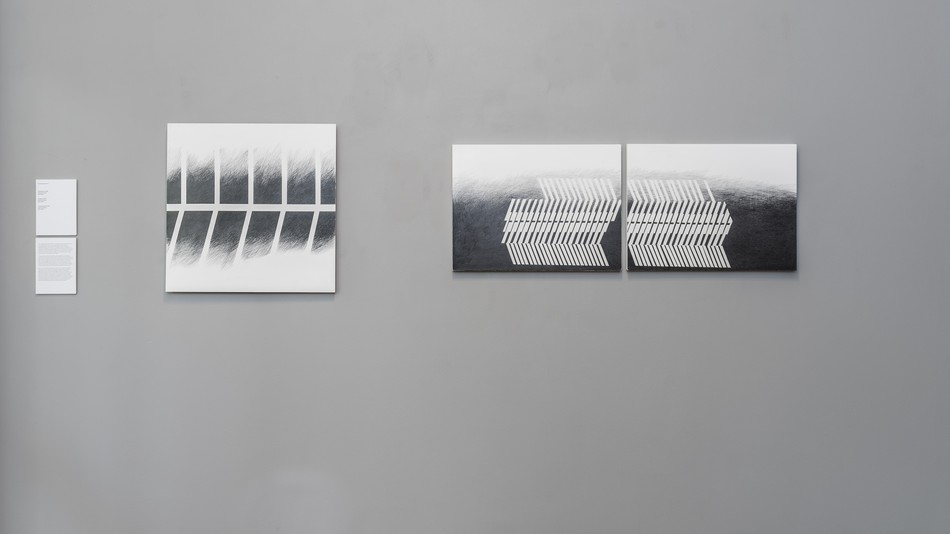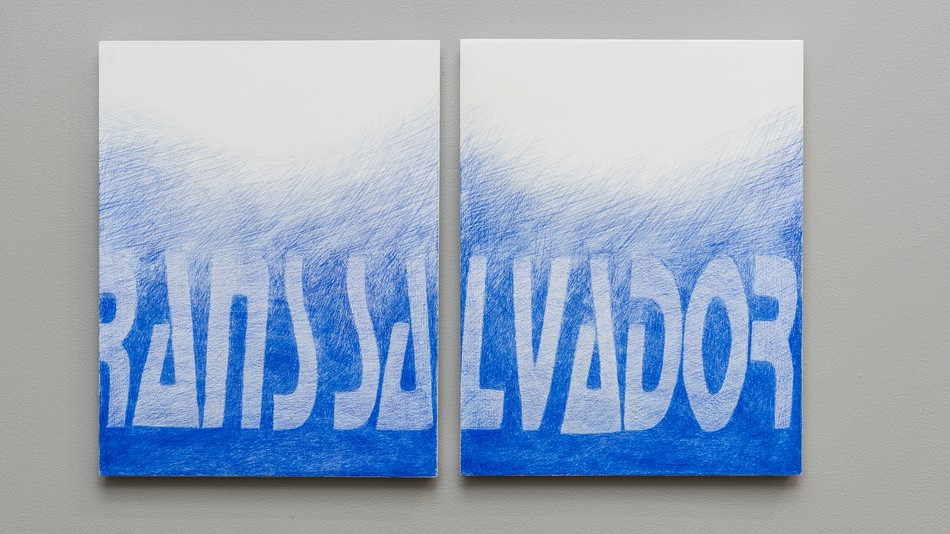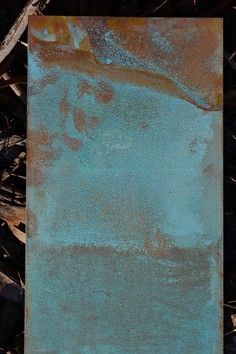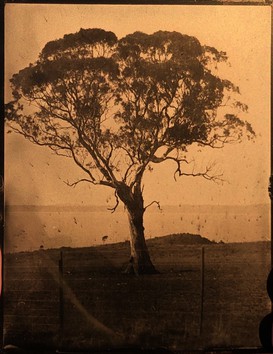Snapshot: Christopher Burton
19 oct. — 30 nov. 2018

19 oct. — 30 nov. 2018
Snapshot: Christopher Burton
Snapshot: Christopher Burton
19 oct. — 30 nov. 2018
The underlying focus of Burton’s drawing practice is an exploration of his interactions with urban landscapes and architecture. Investigating both new and familiar spaces, the work reacts to features of urban environments, including density, movement and architectural patterns, and translates them to abstract compositions through the use of tonal shifts, repetition, and linear mark-making. Informed by memory, Burton creates a visual map of these urban spaces and his movements within them. p/
The mapping systems created through observational drawings outline recurring interruptions within urban forms. The translation of each of these systems is achieved by repeating similar linear outlines that build up weight and tone. Each of the repetitions informs the next, creating large abstract areas of noise and immersive tonal transitions. With the tonal transitions on a flat plane there is a play and interruption with the negative space surrounding the work itself, creating a disturbance with its setting or placement in the room.
Burton’s practice has evolved to focus more strongly on spatial awareness and line density, while still engaging the repetition of busy spaces and urban density. Negative space within these drawings causes the areas of high density to move forward and out of the picture plane and become more immersive. More recently, Burton has begun to investigate transportation as a part of urban infrastructure, incorporating text to reference one of the many coach companies used in a recent trip abroad. This new avenue has also included exploration into colour using the same techniques as previous drawings through monochromatic tonal shifts.


2
Snapshot: Christopher Burton
19 oct. — 30 nov. 2018
The underlying focus of Burton’s drawing practice is an exploration of his interactions with urban landscapes and architecture. Investigating both new and familiar spaces, the work reacts to features of urban environments, including density, movement and architectural patterns, and translates them to abstract compositions through the use of tonal shifts, repetition, and linear mark-making. Informed by memory, Burton creates a visual map of these urban spaces and his movements within them. p/
The mapping systems created through observational drawings outline recurring interruptions within urban forms. The translation of each of these systems is achieved by repeating similar linear outlines that build up weight and tone. Each of the repetitions informs the next, creating large abstract areas of noise and immersive tonal transitions. With the tonal transitions on a flat plane there is a play and interruption with the negative space surrounding the work itself, creating a disturbance with its setting or placement in the room.
Burton’s practice has evolved to focus more strongly on spatial awareness and line density, while still engaging the repetition of busy spaces and urban density. Negative space within these drawings causes the areas of high density to move forward and out of the picture plane and become more immersive. More recently, Burton has begun to investigate transportation as a part of urban infrastructure, incorporating text to reference one of the many coach companies used in a recent trip abroad. This new avenue has also included exploration into colour using the same techniques as previous drawings through monochromatic tonal shifts.


2

